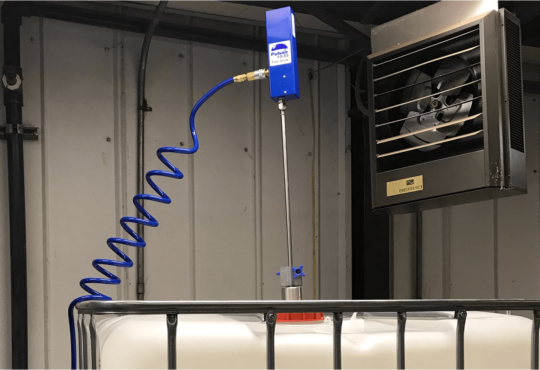
Understanding MTF Testing and Its Importance in Imaging
MTF, or Modulation Transfer Function, testing is a critical tool used in optics to measure the performance of imaging systems such as cameras, scanners, and lenses. It is essentially a quantitative measure of an imaging system’s ability to transfer contrast at different resolutions from the object to the image. In simpler terms, MTF testing helps determine how well a lens can reproduce fine details, directly impacting the sharpness and clarity of the images it produces. This article delves into the significance of MTF testing, how it works, and why it is indispensable in the optics and photography industries.
What is MTF Testing?
MTF testing analyzes the contrast and resolution of an imaging system by measuring how effectively it can render edges and fine detail from the original subject onto the image sensor. The MTF score is represented as a graph, where the x-axis displays the spatial frequency (detail level) and the y-axis shows the contrast or modulation. High frequencies correspond to fine details, and higher values on the y-axis indicate better performance of the lens in reproducing these details.
How MTF Testing is Conducted
The process of MTF testing involves capturing an image of a test pattern, typically featuring alternating black and white lines or bars that vary in spacing. As the spacing of these lines becomes tighter, measuring how well the lines are differentiated gives an insight into the lens’s capability to resolve finer details. Advanced software analyses the captured image and calculates the MTF values, providing a graph that represents the lens’s performance across different frequencies.
Applications of MTF Testing
- Quality Control in Manufacturing: MTF testing is extensively used by manufacturers of lenses and optical systems to ensure quality control. Before lenses reach the market, they undergo rigorous MTF testing to guarantee that they meet specific performance criteria. This not only helps in maintaining consistency across production batches but also aids in refining lens designs.
- Lens Comparison and Selection: Photographers and videographers often refer to MTF charts to compare the performance of different lenses. An MTF chart provides a clear, objective comparison of how different lenses perform, particularly in terms of sharpness and contrast reproduction. This information is crucial when selecting a lens for a specific type of photography or videography that requires high-detail imaging.
- Research and Development: In the field of optical design and research, MTF testing is invaluable. It allows researchers to evaluate and improve the design of imaging systems. By understanding the limitations of current technologies, developers can innovate more effective optical solutions, pushing the boundaries of what these systems can achieve.
The Importance of MTF Testing
The clarity and detail of an image are paramount in many fields, including scientific imaging, aerial photography, and cinematography. MTF testing provides a standardized method to evaluate and describe the performance of optical systems in these applications. By quantifying how well a system can reproduce details from the real world, MTF charts help in making informed decisions about which optical systems are best suited for specific tasks.
Conclusion
MTF testing is a crucial aspect of the optical and imaging industries, providing a detailed assessment of lens performance. It plays a key role in everything from product development and quality assurance to the end-user’s selection process. Understanding the nuances of MTF charts can help professionals and enthusiasts alike choose the right equipment and achieve the best possible results in their imaging projects. Whether for professional use or personal passion, knowing the MTF performance of your optical gear can significantly impact the quality of your visual outputs.









